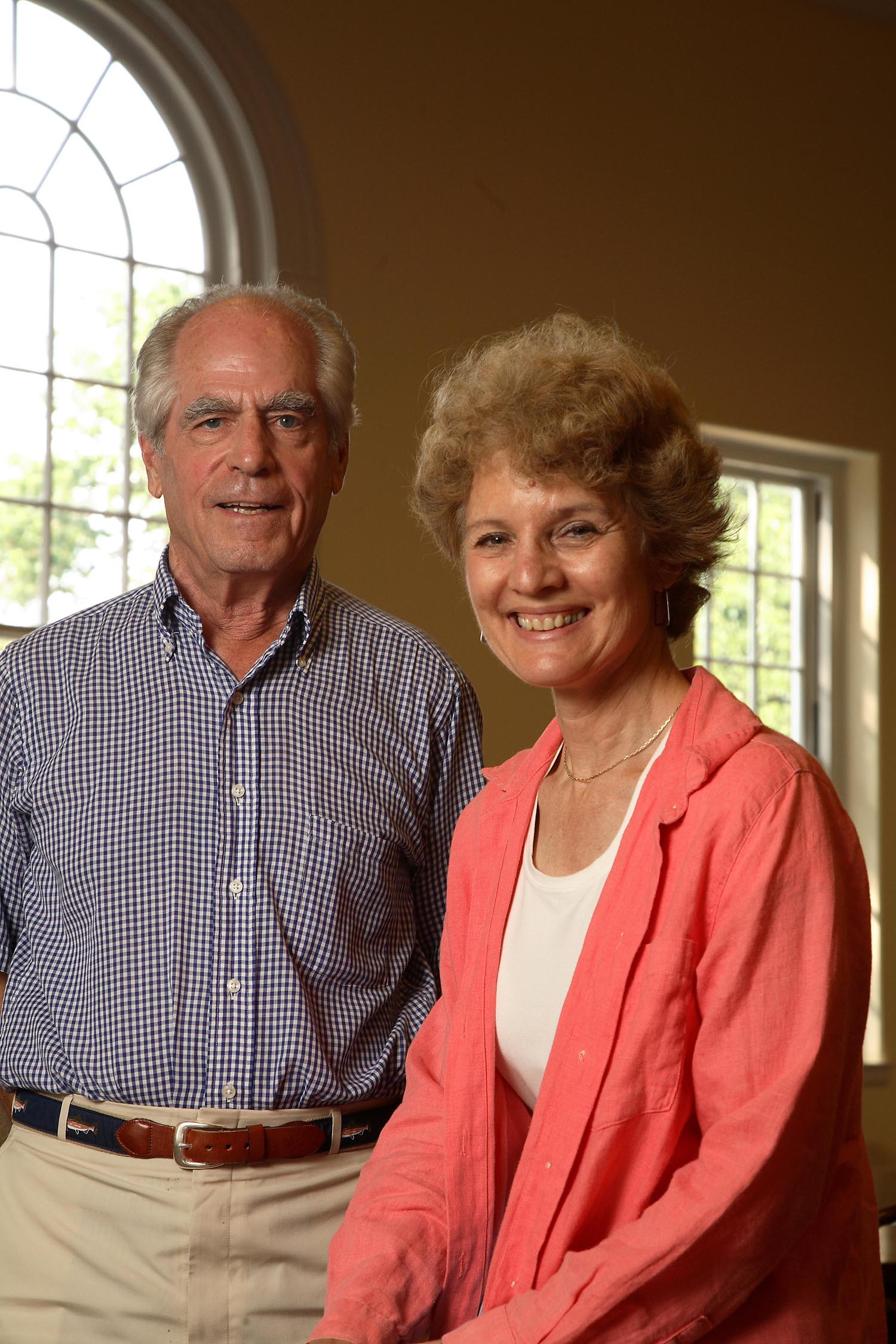April 20, 2007 -- For the next six weeks, University of Virginia professor of environmental sciences G. Carleton Ray will probe the role of the Pacific walrus in the ecosystem of the Bering Sea — one of the most biologically rich areas on the planet, exceeding the tropical oceans with its array of seabirds, whales, seals, clams and other marine life.
Ray’s particular interest is the effect of climate change on the habitat of the walrus, which relies on floating sea ice for reproduction, transportation and rest. Higher ocean temperatures mean less sea ice, and less sea ice could have a dramatic effect on walrus populations. And if the walrus suffers? Ray believes that the loss of these long-toothed “bioturbators” could have a dramatic effect on the entire ocean ecosystem.
Accompanying Ray on the U.S. Coast Guard icebreaker Healy is his wife and research partner Jerry McCormick-Ray, a senior research scientist in the Department of Environmental Sciences. For the duration of the voyage, they will be sending reports and photos about their findings and about life in the icy waters of the Bering Sea.
April 17: Entering Walrus Country (click to read 1st dispatch from G. Carleton Ray & Jerry McCormick-Ray)
April 25: The Social Lives of Walruses (click to read 2nd dispatch from G. Carleton Ray)
May 7: Discovering Walruses' Food Options (click to read 3rd dispatch from Jerry McCormick-Ray)
May 11: The Icy Seascape (click to read 4th dispatch from G. Carleton Ray)
May 14: Walruses in the Fog (click to read 5th and last dispatch from G. Carleton Ray & Jerry McCormick-Ray)
Ray’s particular interest is the effect of climate change on the habitat of the walrus, which relies on floating sea ice for reproduction, transportation and rest. Higher ocean temperatures mean less sea ice, and less sea ice could have a dramatic effect on walrus populations. And if the walrus suffers? Ray believes that the loss of these long-toothed “bioturbators” could have a dramatic effect on the entire ocean ecosystem.
Accompanying Ray on the U.S. Coast Guard icebreaker Healy is his wife and research partner Jerry McCormick-Ray, a senior research scientist in the Department of Environmental Sciences. For the duration of the voyage, they will be sending reports and photos about their findings and about life in the icy waters of the Bering Sea.
April 17: Entering Walrus Country (click to read 1st dispatch from G. Carleton Ray & Jerry McCormick-Ray)
April 25: The Social Lives of Walruses (click to read 2nd dispatch from G. Carleton Ray)
May 7: Discovering Walruses' Food Options (click to read 3rd dispatch from Jerry McCormick-Ray)
May 11: The Icy Seascape (click to read 4th dispatch from G. Carleton Ray)
May 14: Walruses in the Fog (click to read 5th and last dispatch from G. Carleton Ray & Jerry McCormick-Ray)
Media Contact
Article Information
April 20, 2007
/content/dispatches-bering-sea-studying-walruses-and-climate-change

